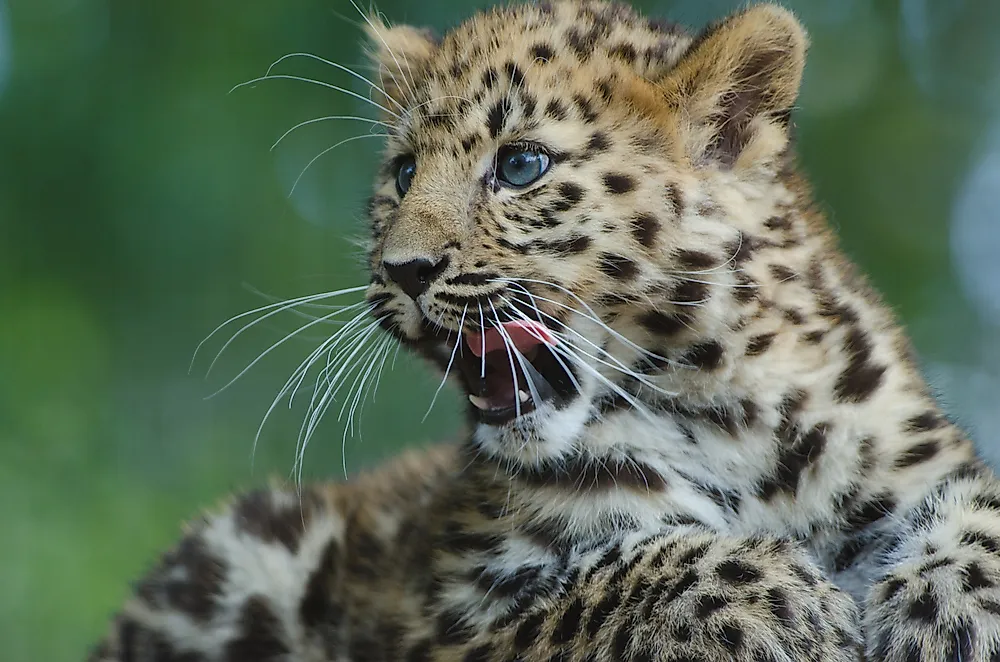Amur Leopard Facts - Animals of Eurasia

The Amur leopard, also referred to as the Far Eastern leopard, is a subspecies of leopard that is native to the Primorye region in south-eastern Russia and the Jilin province in the north-eastern part of China. This subspecies of leopard is listed as critically endangered by the IUCN Red List due to its drastic reduction in numbers caused by habitat reduction and competition for prey with other animals. In 2007, it was estimated that about 19-26 wild Amur leopards were alive and in 2015, approximately 60 individuals were listed as living in Russia and China. There have been efforts to conserve this leopard subspecies in an effort to avoid extinction. An organization called Amur Leopard and Tiger Alliance (ALTA) is a Russian and Western initiative to save the Amur leopards and tigers.
4. Physical Description
Amur leopards are different from other subspecies of leopards. They have widely spaced spots and a thick coat that is covered with fur. The Amur leopards have long limbs that enable them to traverse deep snow. Compared with other subspecies, Amur leopards are relatively small with males being larger than the females. The thick and long hair on their coat enables them to survive in the cold and snowy climate. The color of their fur changes depending on the season, during the winter their skin is lighter and in the summer their skin turns reddish-yellow.
3. Habitat and Range
The Amur leopard is the only subspecies of Panthera pardus who can survive in cold, snowy climates. Today, the Amur leopard inhabits an area of approximately 5,000 km2. It is estimated that 57 individuals still exist in the wild in Russia and 7-12 exist in China. The Amur leopard is listed on the IUCN Red List as critically endangered. The numbers of this species have been reduced due to overhunting of prey, poaching, and loss of habitat.
2. Behavior
The Amur Leopard is a crepuscular animal which means it is active during the periods immediately after dawn and dusk. The animals generally hunt after sunset and in the early mornings. Their activity reduces during the day as they often hide and rest in caves or thickets. Unless the females are with their offspring, this species is very solitary and they hunt and eat alone. Amur leopards are excellent climbers and descend trees head first. They can run at an average speed of 37 miles per hour and can leap up to 10ft vertically and more than 19ft horizontally.
1. Diet
The Amur leopard traditionally feeds on ungulates but can occasionally hunt for other animals, birds, or fish. Among the ungulates, their primary prey are roe deer and the spotted deer. The Amur leopard can also hunt for racoon dogs, Manchurian hares, and badgers. During starvation, the animal can hunt for grouse, squirrels, pheasants, hedgehogs, fox, musk deer, or wild boars. Humans are Amur leopards main competitors for food because people poach the same prey that the species predates on.











